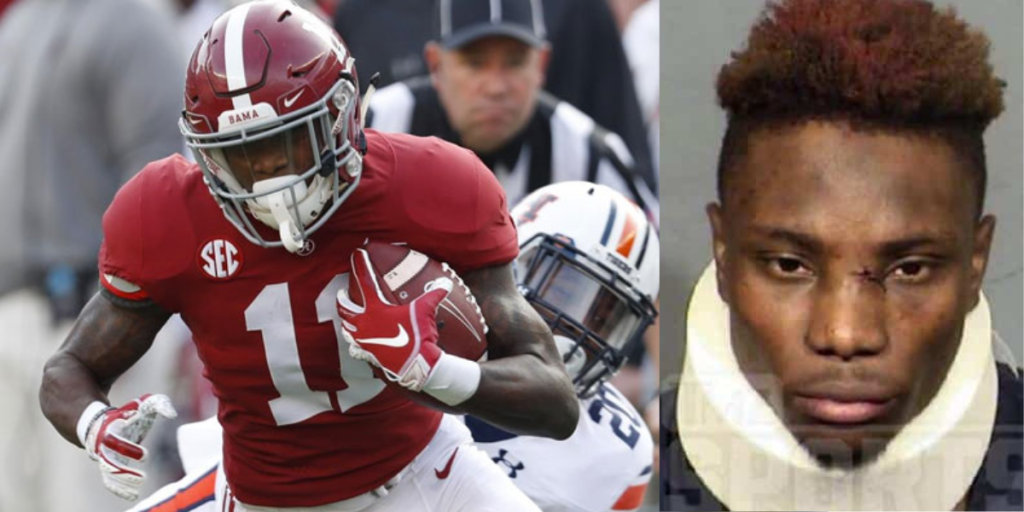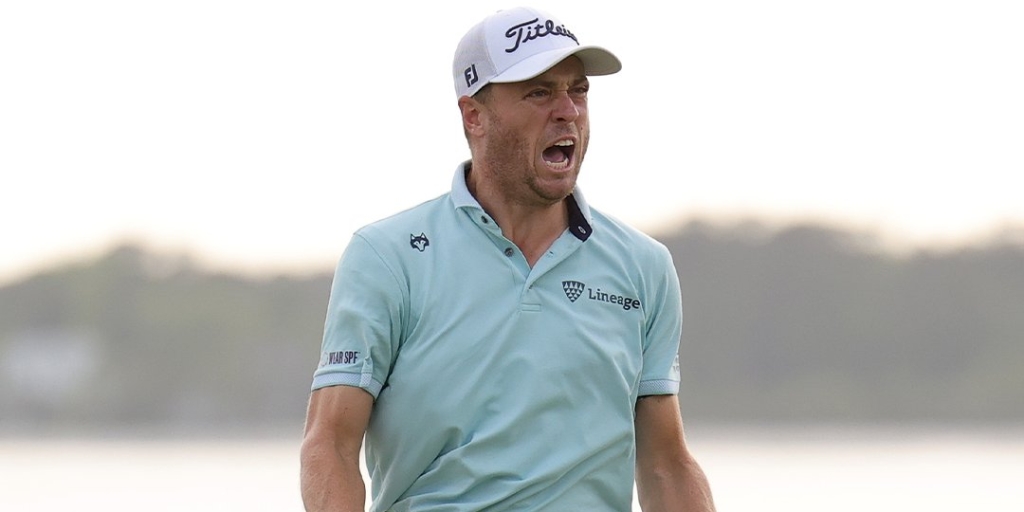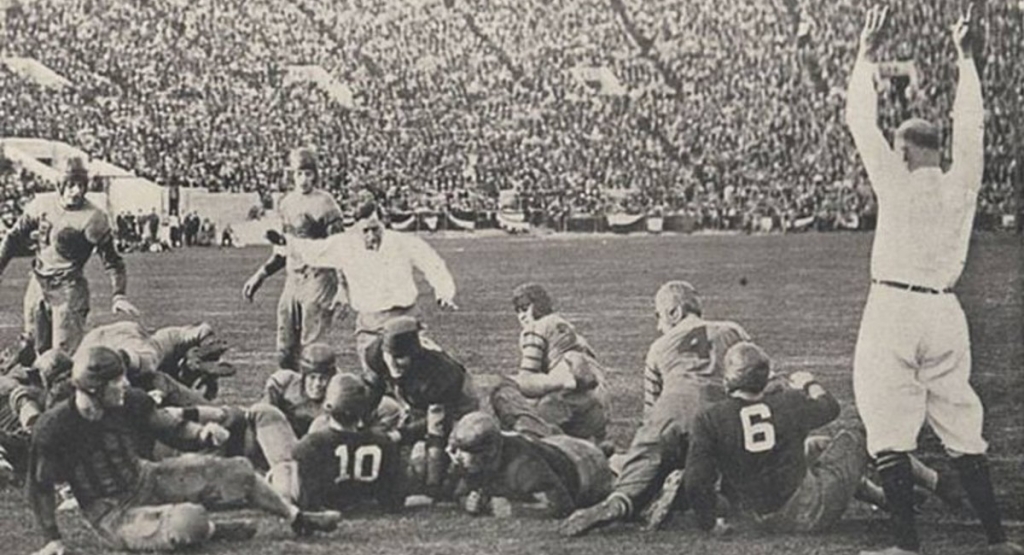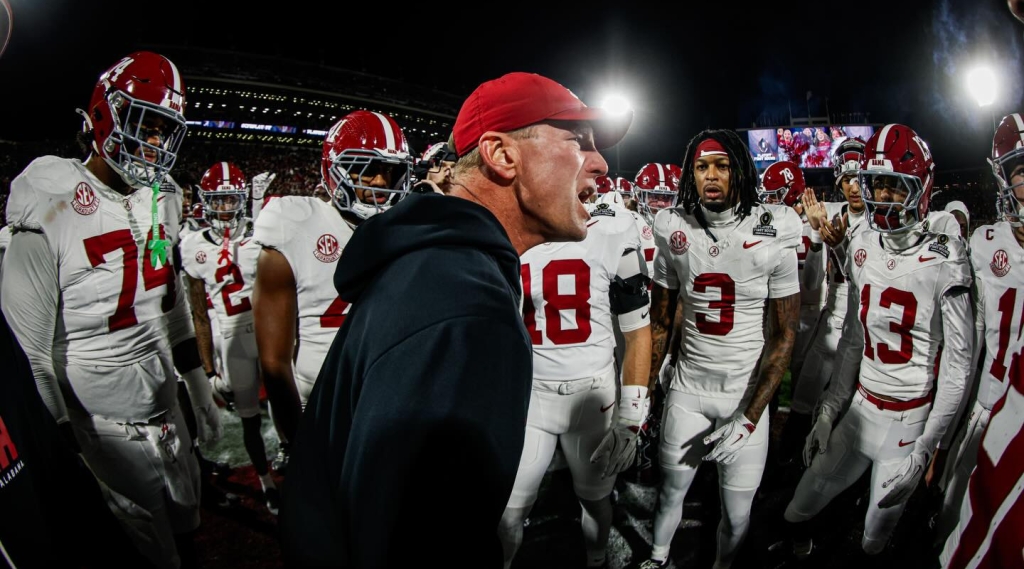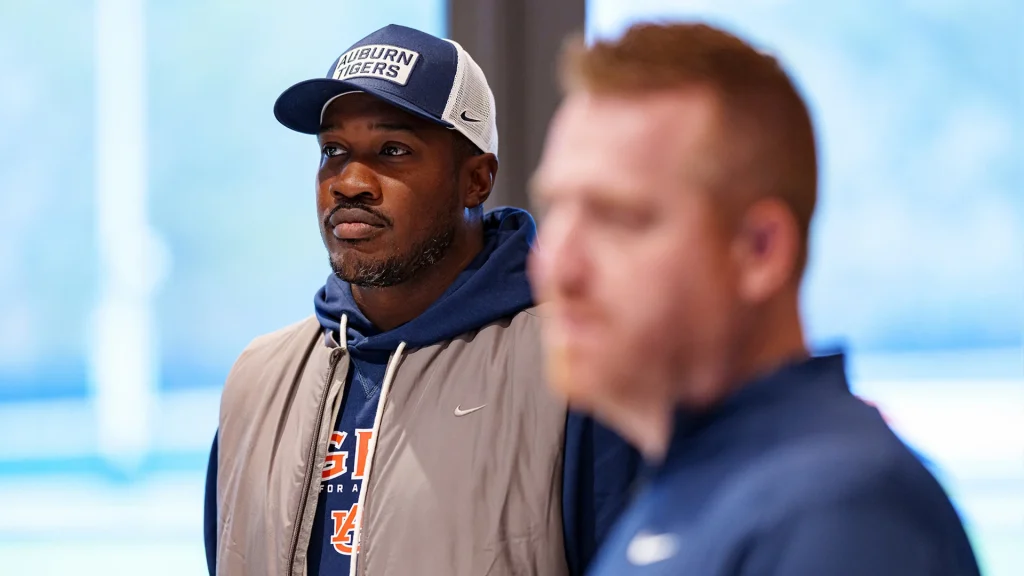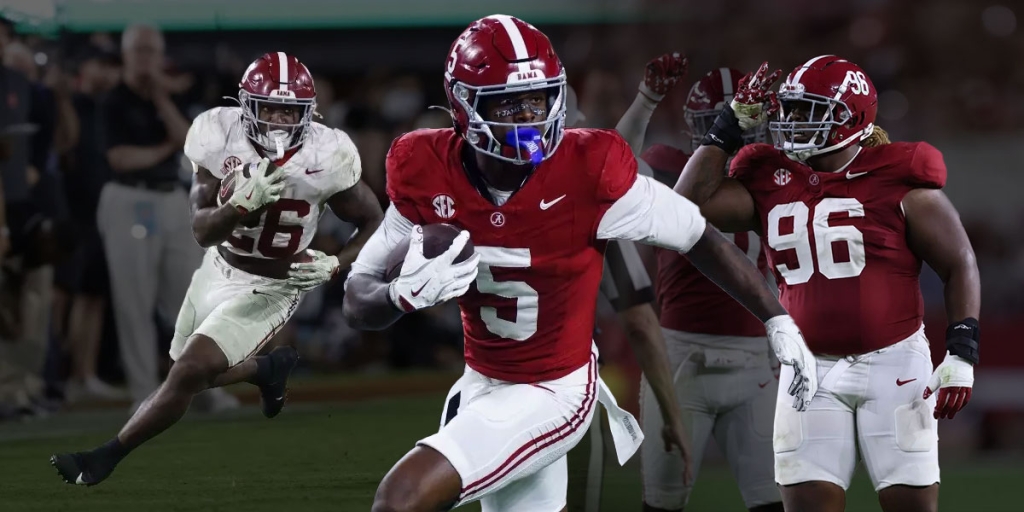
My summers growing up were consumed by “travel ball.” I feel like I saw most of the southeastern United States before I was 12 because every summer weekend meant another district tournament, state championship, world series, or showcase.
During the school year, football season overlapped with basketball season, which led right back into baseball.
I loved it. Unlike some of the other kids, I was fortunate in that my parents were always supportive, but never pressured me to do more than I wanted to. Other kids weren’t so lucky.
The father of one of the kids on my travel baseball team growing up was a firefighter. He would throw batting practice to his son almost all day. He would leave him sitting on a bucket in the batting cage just long enough to answer a call from the fire station, then return and get right back to it. They did that for years. The kid went on to play in the Atlanta Braves organization, so maybe it paid off. But while the rest of us were having fun, baseball for him was already a job at the age of 10.
When high school rolled around, there were days during the summer when basketball and baseball games would be scheduled on the same day. My basketball coach would bench me for weeks if I missed a game, so I played both on the same day whenever possible.
When it was time to decide what I wanted to play in college, I chose basketball. The NCAA had strict rules on the amount of time we could spend practicing, but by that point basketball for me was a year-round thing.
But as active as I was in sports growing up, it absolutely pales in comparison to what kids are being put through today.
I can’t recall a single friend of mine growing up from elementary school through high school who had to have surgery to repair an injury that could be attributed to overuse. Sure, there were some torn ACLs, a few broken bones and some severely sprained ankles — heck, most of my front teeth were knocked out — but nobody was going in for Tommy John surgery to fix a frayed ligament that resulted from throwing a curveball all summer in elementary school.
My how things have changed.
Nowadays it’s not abnormal at all for a middle-schooler to come in for a surgery to repair a repetitive stress injury, and world-renowned Alabama-based doctor James Andrews — orthopedic surgeon to the stars — has had enough.
“I started seeing a sharp increase in youth sports injuries, particularly baseball, beginning around 2000,” Andrews told The Cleveland Plain Dealer in an interview last year. “I started tracking and researching, and what we’ve seen is a five- to sevenfold increase in injury rates in youth sports across the board.”
In an effort to spread the word that there is an epidemic of repetitive stress injuries in youth sports, Andrews partnered with Don Yaeger, a former editor at Sports Illustrated, to write “Any Given Monday: Sports Injuries and How to Prevent Them, for Athletes, Parents and Coaches — Based on My Life in Sports Medicine.”
“I’m trying to help these kids, given the epidemic of injuries that we’re seeing. That’s sort of my mission: to keep them on the playing field and out of the operating room,” Andrews said. “I hate to see the kids that we used to not see get hurt… Now they’re coming in with adult, mature-type sports injuries. It’s a real mess. Maybe this book will help make a dent.”
Here are some other interesting nuggets from Andrews’ interview with the Plain Dealer:
“Specialization and “professionalism” are leading to a spike in youth injuries
Specialization leads to playing the sport year-round. That means not only an increase in risk factors for traumatic injuries but a sky-high increase in overuse injuries. Almost half of sports injuries in adolescents stem from overuse.
Professionalism is taking these kids at a young age and trying to work them as if they are pro athletes, in terms of training and year-round activity. Some can do it, like Tiger Woods. He was treated like a professional golfer when he was 4, 5, 6 years old. But you’ve got to realize that Tiger Woods is a special case. A lot of these kids don’t have the ability to withstand that type of training and that type of parental/coach pressure.
The whole youth sports system has gotten out of control
The systems out there in youth sports, particularly travel ball, have been important financial resources for the people who run them. Parents spend a fortune keeping their kids in a year-round sport, with travel and everything else. What’s happening is, the tail is wagging the dog. The systems are calling the shots: If your son or daughter doesn’t play my sport year-round, he or she can’t play for me. Never mind that your kid is 12 — I need year-round dedication.
Simply giving kids a little bit of a break could prevent most of these injuries
Kids need at least two months off each year to recover from a specific sport. Preferably, three to four months. Example: youth baseball. For at least two months, preferably three to four months, they don’t need to do any kind of overhead throwing, any kind of overhead sport, and let the body recover in order to avoid overuse situations. That’s why we’re seeing so many Tommy John procedures, which is an adult operation designed for professionals. In my practice now, 30 to 40 percent of the ones I’m doing are on high-schoolers, even down to ages 12 or 13. They’re already coming in with torn ligaments.
Give them time off to recover. Please. Give them time to recover.
There’s a lot more that can be gleaned from Andrews’ interview, and the full post at The Plain Dealer is worth a read.
But the bottom line is, as the summer wraps up and the school year begins, this might be a good time to give the superstars of tomorrow a break, and let them just be the kids of today.
Follow Cliff on Twitter @Cliff_Sims




